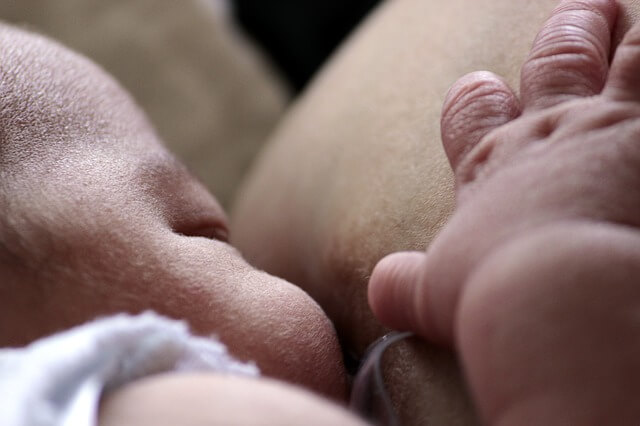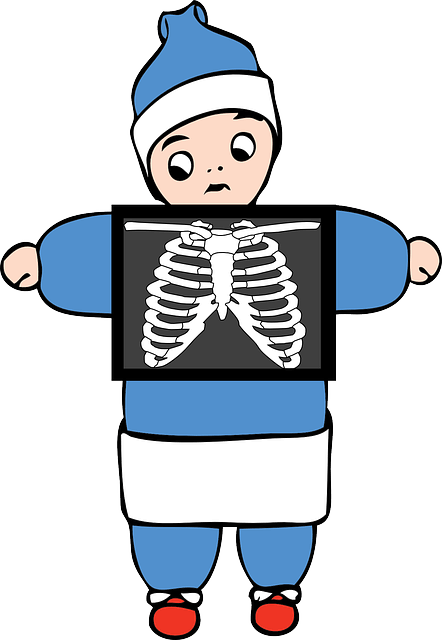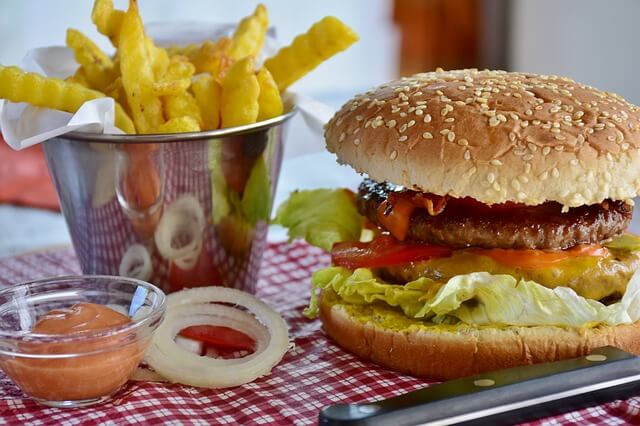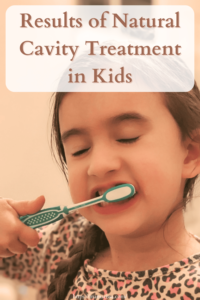If you have a child struggling with infant reflux, you are not alone.
Along with many other mamas out there, I have been on the reflux journey for 17 months now. I understand what it’s like to have a baby or toddler who needs you constantly.

I understand what it’s like to be unable to leave the house without help. I understand why you choose to co-sleep against the advice of every doctor, medical journal and parenting blog.
I understand the emotions involved in the struggle of trying to decide if medicine is right for your baby. I understand why your baby has never had a schedule or completely consistent routine.
And I understand that helpless feeling you have, wanting desperately to find the answer to your little one’s distress.
In the midst of that helpless feeling, I wrote a post a couple of months ago about the research I did to uncover the root cause of infant reflux (read that post here). This is an update on our reflux journey since doing that initial research.
How We Implemented My Findings
Following my research, my daughter and I both went on a strict diet for four weeks, eliminating all possible inflammation-inducing and bacteria-feeding irritants to the digestive system.
We ate only fruits, vegetables, nuts and seeds, and unprocessed gluten-free grains – namely, quinoa and brown rice.
We also ate fermented sauerkraut every day to build up good bacteria in our guts.
It was not as hard as you might think to eliminate so many foods. Even my daughter did really well with it. The biggest struggle for her was not being allowed to eat cheese.
The Result on My Daughter’s Reflux
When I did the initial research, I was incredibly hopeful that I had finally found the answer to my daughter’s infant reflux and thought she would be at least partially healed over the course of the four weeks. I even planned on continuing the diet for longer to fully heal her gut if necessary.

However, I was very disappointed to see no change in her reflux during the four weeks.
Although my daughter’s excitement over being allowed to eat cheese again was a precious reward at the end, it was slightly heartbreaking to me that, once again, there seemed to be nothing I could do to end her pain and discomfort.
So I returned to researching other possible causes of infant reflux. This is what I found.
Possible Underlying Causes of Infant Reflux
Hyper-Lactation
Hyper-lactation is something I came across and wanted to mention for those of you noticing infant reflux symptoms in a very young baby.
For many reasons, after 17 months of breastfeeding and watching my daughter’s reflux symptoms, I can dismiss this as the cause of my daughter’s symptoms.
However, if your little one is still within those first few months of life and seemingly struggling with infant reflux, hyper-lactation may be something you should look into.
Rachel Norman over at A Mother Far From Home wrote a post about her experience with what she thought was infant reflux.
She explains that hyper-lactation occurs when your milk lets down too quickly, basically forcing your baby to drink way faster than he is capable of swallowing and digesting milk.
This article further describes how a baby’s nursing abilities are affected by a mother’s hyper-lactating breasts. It states that a baby may have a poor latch and clamp down on the nipple in an attempt to slow the flow of milk.
Additionally, the baby may be regularly unable to empty the breast and consume only high-sugar, low-fat foremilk which will cause him to pass stools too quickly, resulting in diarrhea.
Other symptoms of hyper-lactation include constantly full or engorged breasts, fussy/difficult feeds, and baby choking during nursing sessions.

The cause of some hyper-lactation cases may simply be the actions new mothers take based on a fear of being unable to produce enough milk.
A prime example of this is how many new mothers these days begin pumping milk along with nursing as soon as their baby is born. This encourages your body to produce extra milk from the start.
But for some women, hyper-lactation occurs without any apparent provocation.
As far as treatment of an oversupply issue, this paper indicates that the most effective strategy is usually to implement block feeding.
This involves feeding the baby from only one breast during a 3-4 hour period and then switching to the other breast for the next 3-4 hour period.
The reason this is effective is because having a breast full of milk sends the message to your body that it needs to slow down the milk production line.
If this alone is not effective, there are several herbs that can naturally help drop your milk supply. These include sage (use cautiously) and parsley taken internally as well as cabbage leaves and peppermint essential oil applied topically (but keep away from baby).
KellyMom.com has good information on how and how much to use these natural milk-suppressing herbs.
Hiatal Hernia
Sometimes infant reflux can be caused by a hiatal hernia, which means the stomach is bulging up past the muscle that separates the stomach from the chest.
This can put extra pressure on the lower esophageal sphincter (LES), which will then open when it shouldn’t. As a result, acid and stomach contents flow back up the esophagus which is what we know as infant reflux.
Although some sources claim this condition is rare in infants, in this study involving 155 GERD-diagnosed children aged 0-17, half were found to have a hiatal hernia.
Perhaps it is simply undiagnosed in many children. According to Drugs.com, diagnosis of a hiatal hernia requires either a series of X-Rays or a scope inserted down the child’s throat.

These are invasive medical tools which should not be used too quickly on a young child. For my daughter, I do not feel that her reflux is severe enough to warrant this kind of intervention.
But for some children who are suffering without relief or who are malnourished or not growing as a result of the reflux, this may be necessary.
While the infant reflux treatment regimen is generally the same regardless of the presence or absence of a hiatal hernia, some severe cases benefit from surgery.
So basically, diagnosing and treating a hiatal hernia is only something you want to consider if your child’s infant reflux is dramatically effecting her health.
Low Stomach Acid
By far, the most common theory I continue to encounter in my research on the underlying cause of infant reflux is the one I began to address in my original post on this topic: Low levels of good acid resulting in high levels of bad bacteria in the digestive system.
Over and over I read about the degrading quality of our guts (which a mother can pass on to her child) and how carbs, sugar and processed foods are the culprits.
The excessive amount of these foods we consume feeds the bad bacteria in our digestive systems which then keeps the good bacteria from thriving. The bad bacteria also then creates gas which puts pressure on the LES, forcing it open and releasing acidic contents into the esophagus.
This can partially be addressed by altering your baby’s diet (and yours if you’re breastfeeding) and by supplementing with probiotics. This is the process my daughter and I went through for four weeks.
However, what I did not fully understand during my initial research is the role low hydrochloric acid levels in the stomach play in the success of this treatment plan.
Hydrochloric acid is responsible for digesting and breaking down food enough for nutrients to be extracted as well as killing off bad bacteria so that good bacteria (like probiotics) can thrive.
When hydrochloric acid levels are low, bad bacteria is allowed to live and grow happily in baby’s gut, feeding off of starchy and sugary foods and creating that gaseous pressure that has to go somewhere – enter infant reflux.

There are ways to test for low acid levels in the stomach, but I would not try them on my toddler-daughter and most definitely not on a baby.
We could assume that a child has low acid levels and try some natural ways of changing this. The only problem with this is that natural does not always equal safe for babies and young children.
The recommendations I have read from multiple sources on how to increase stomach acid naturally mirror Dr. Axe’s recommendations to take apple cider vinegar, digestive enzymes, a hydrochloric acid (HCI) supplement, and Manuka honey.
As for digestive enzymes and an HCI supplement, I would not risk giving these to my daughter.
Babies under twelve months old should not eat honey, so that would not be applicable to babies. Apple cider vinegar might be an acceptable option if you can find a way to get your child to drink it, but it might be erosive to his teeth.
It would seem, then, that the best option for an infant would be apple cider vinegar well-diluted in food or liquid. You could do the same for a toddler, along with the Manuka honey.
It bears mentioning that, according to U.S. News Health, there is no research proving that apple cider vinegar helps reflux. However, there have been plenty of anecdotal stories of success.
The Cure of Time
So here’s where I am at personally in my thinking about my daughter’s reflux. Based on my research thus far, information from fellow experienced reflux baby mamas, and my own recent experience, I believe sometimes time may be the only cure for infant reflux.
The fact is, most babies outgrow infant reflux by age one. The unlucky 5-10% who continue to suffer into toddlerhood usually outgrow it by their second birthday. And a few will struggle longer.

What I cannot make sense of in my mind is why a baby with low stomach acid and too much bad bacteria in his gut would randomly stop refluxing at age three.
Is this a result of some babies’ bodies simply taking longer to restore themselves from a pregnancy or birth that was not gut-friendly? Maybe.
I certainly don’t think it could be anything but beneficial to try to encourage optimum gut health in your child.
But I must confess that I am starting to feel, once again, that there is very little I can do to heal my daughter’s reflux except wait it out.
I actually thought we might be almost at the end of the infant reflux journey recently. Until she suddenly had a violent relapse the past few days for no known reason.
At this point, I will certainly continue trying to promote a healthy gut in my daughter by feeding her probiotic-rich foods, taking a probiotic supplement myself and maybe even giving my daughter apple cider vinegar regularly.
But my ultimate hope is that she will outgrow her reflux soon.
Keep going, Reflux Baby Mama. Our babies will find relief someday one way or another.
In the meantime, be sure to read my post from last week about my top 3 infant reflux coping techniques.
Have you found a remedy to your child’s infant reflux? Please, tell me about it in the comments!











Leave a Reply